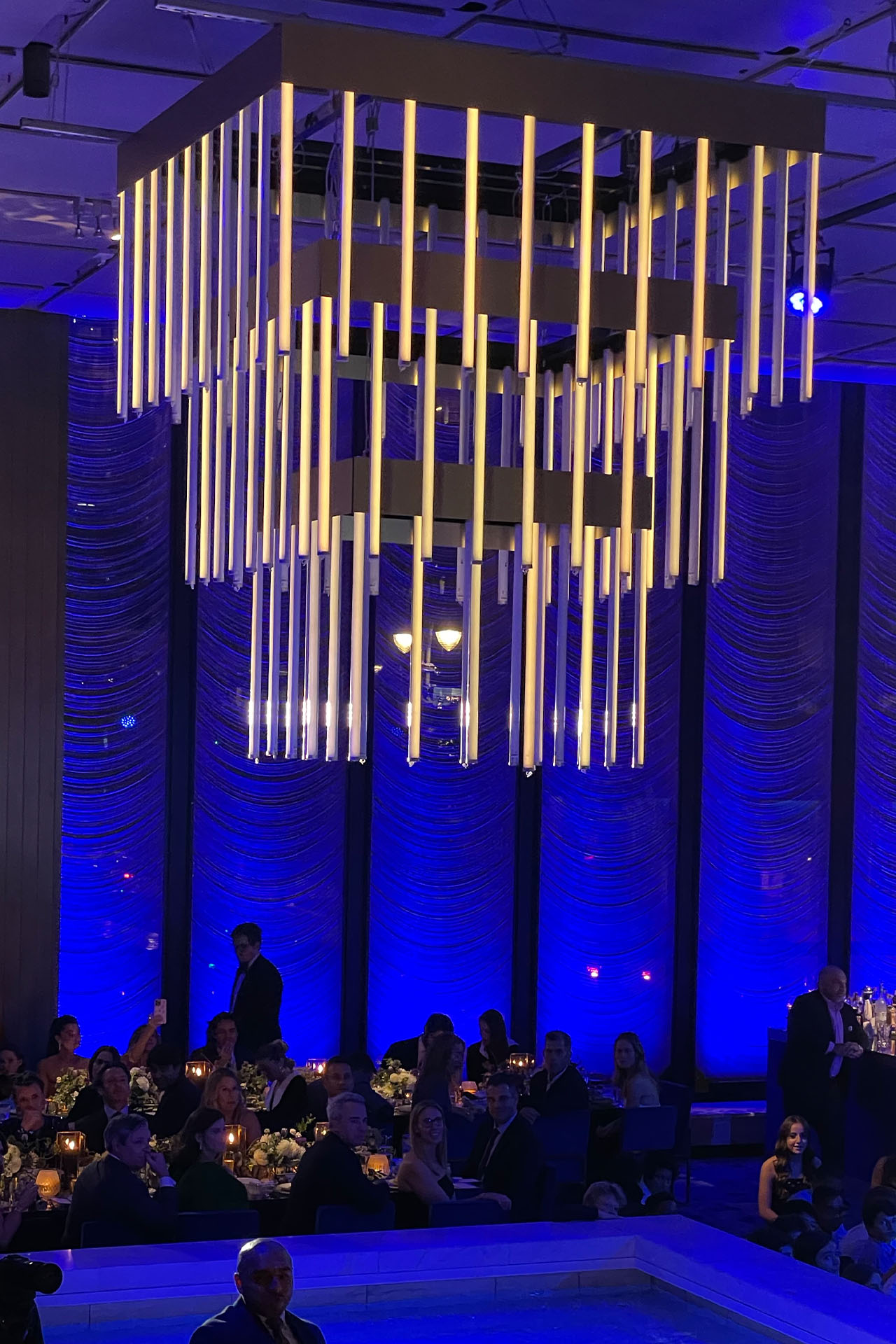Mastering the Craft of Seamless Film Mapping on Curved Surfaces for Breathtaking Graphic Experiences
Mastering the Craft of Seamless Film Mapping on Curved Surfaces for Breathtaking Graphic Experiences
Blog Article
Video projection is an exciting technology that enables images and footage to be projected onto areas, creating breathtaking visual encounters. When it comes to curved areas, mastering this art can be a bit more difficult than casting onto flat surfaces. Rounded areas can include anything from the facades of structures to sculptures and even stages. Understanding how to efficiently project videos onto these shapes is crucial for creators, designers, and event planners who want to develop engaging environments that enthrall viewers.
The initial phase in footage mapping on curved surfaces is to comprehend the shape of the surface. Curved surfaces can be complex, with different degrees of bend. To attain a seamless projection, it is important to build a 3D representation of the surface. This model helps in visualizing how the footage will look when projected. Applications tools are accessible that permit users to develop these representations and simulate the projection. By accurately mapping the dimensions and shapes of the area, designers can guarantee that the video matches perfectly without warping.
Once the 3D model is ready, the following phase is pixel pitch impact on quality to edit the footage content. This involves editing the footage to suit the specific shape and size of the rounded area. It is crucial to take into account the perspectives and sightlines from which the viewers will view the display. The content should be designed to improve the aesthetic experience, making it engaging and pertinent to the concept of the event or installation. Using premium visuals and motion graphics can significantly improve the overall effect of the projection.
After preparing the material, the real projection procedure starts. This includes placing up the projectors at the correct positions and spaces to ensure that the footage matches with the 3D model. Calibration is a crucial part of this procedure. It may require modifying the luminosity, differentiation, and focus of the projectors to obtain the optimal results. Additionally, using multiple devices may be required to cover bigger or more intricate surfaces. This method, known as seamless projection, helps form a seamless image across the entire surface.
Ultimately, trialing the projection is essential before the conclusive presentation. This allows designers to make any necessary adjustments to the footage and projector settings. It is also an chance to see how the audience will experience the display from different viewpoints. By confirming that the footage mapping is perfect, designers can deliver a remarkable aesthetic experience that creates a lasting impression. Perfecting video mapping on rounded surfaces not only improves creative expression but also opens up new possibilities for narrative and viewer engagement in multiple environments.